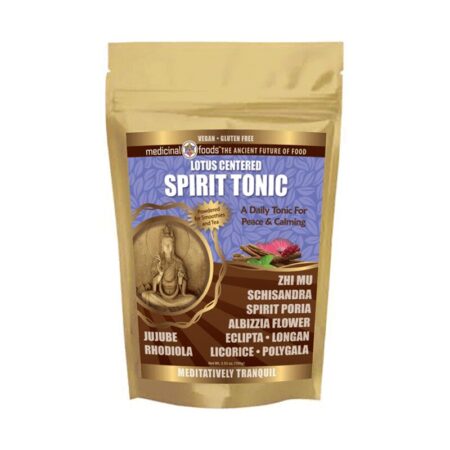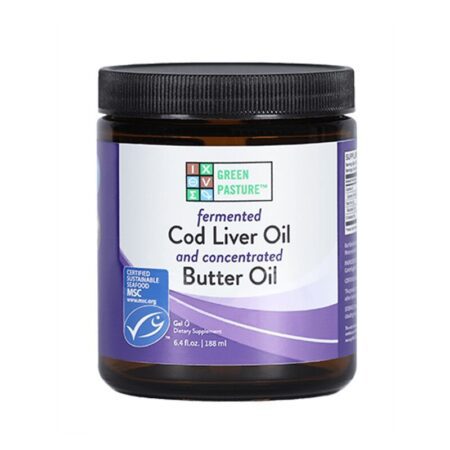With the legalization of cannabis in many places in the United States there are many people asking the question “What is Hemp?”, its cousin plant.
While the two technically don’t have any actual taxonomical differences, they are very different and have unique characteristics with regards to oral consumption, topical use as creams and lotions, and industrial cultivation.
Firstly, they are both categorized as cannabis sativa and are technically the same species of plant, which very can be confusing. How could they be different if they are the same species?
The difference between the two is that the cannabis sub-species that has psychoactive effects is called marijuana and contains the chemical tetrahydrocannabinol, or THC.
The cannabis sub-species that contains no more than 0.3% of THC is classified as hemp. Thus, a person that ingests or smokes this sub-species will not get high.
Instead of THC, it contains a significant percentage of another chemical called cannabidiol, or CBD. Marijuana plants also contain CBD, but in a lesser amount.
CBD won’t cause a person to get high, and has been shown to not cause any chemical dependency or physical addiction.
Quite the opposite: the cells in our bodies have cannabidiol receptors, which shows that our bodies has a specific use for this chemical.
We actually need cannabidiol protein compounds for the regulation and maintenance of the body’s homeostasis, or general equilibrium of the many simultaneous body processes.
These CBD-rich plants were commonly found throughout the world and was a normal part of life for thousands of years.
Livestock would graze on these plants, CBD would enter their system, and when people slaughtered and ate the animals they would be ingesting CBD indirectly.
Thus, cannabis and specifically the non-psychoactive plants were a staple of the food cycle for wild animals and humans alike.
In the United States all cannabis was outlawed in the 1930s, despite the fact that this sub-species does not have any psychoactive effects, which was the supposed to be the rationale for making it illegal.
If the initial laws had differentiated between the psychoactive and non-psychoactive sub-species, we would likely be living in a world that still relies heavily on the manufactured byproducts of cannabis plants.
Apart from its industrial benefits, there are numerous health benefits. So many, in fact, that the complete list of benefits is still unknown because of the lack of scientific studies (non-psychoactive CBD cultivation was made legal in the US in 2018).
What are hemp seeds good for?
Cannabis plants that contain less than 0.3% THC produce seeds that can have enormous health benefits.
Many health food stores sell the hearts, which are the seeds with the shell removed, and are the core nutritional component of the seeds.
They have two types of fiber, of which 20% is soluble fiber and 80% insoluble fiber. Both types are very important for digestion, cholesterol, and have shown to reduce the risk of diabetes.
A seed can also be eaten with the shell intact, whereby a person will be ingesting even more fiber rather than just consuming the heart alone.
The seeds are rich in omega-3 and omega-6 fatty acids, which have important anti-inflammatory properties. The ratio of omega-3 to omega-6 is 3-to-1, which is considered by scientists to be the optimal proportion for heart and brain health.
What are hemp extracts used for?
If the seeds are cold-pressed they produce an oil which also has astounding and far-reaching health benefits. This oil is also called the “extract” of the plant.
The oil extract itself contains the above fatty acids, proteins, Vitamin E, and minerals such as magnesium, zinc, calcium and iron, and can be taken orally as liquid droplets.
Since the cells in our bodies contain cannabidiol receptors, when directly ingested the body will experience a number of health benefits. These include:
Decrease in Joint Pain
Oil extracts have been show to greatly aid in relieving joint paint, especially around the knees and in joint tissues.
And, since the general biological makeup of mammals are so similar between species and for humans, oil extracts have proven to be beneficial to animals as well, including house pets such as cats and dogs.
Lowering Blood Pressure
Short-term use – as little as 4 weeks – of taking the extract oil has shown to improve cardiovascular health in adults.
This is very positive news because cardiovascular problems can often take many months and require significant dietary changes, regular exercise, and lifestyle adjustments.
But oil extracts have proven to regulate the homeostasis of circulatory flow and overall blood pressure in many repeated studies.
So while health changes are necessary for this serious condition, these oil extracts can help tremendously and quickly.
Rich in Vitamin E
Vitamin E is a natural anti-oxidant and has shown to help regulate hormonal production in the body, most importantly estrogen, and also naturally increases the production of testosterone.
People with a diet that is rich in polyunsaturated fatty acids often experience the side effect of hormonal imbalances, and so require more Vitamin E.
What is great about these oil extracts is that while they are rich in beneficial fatty acids they also contain Vitamin E, which counteracts the potential risk to our hormones.
What are hemp lotions?
Oil extracts have another excellent use: skin care in the form of creams and lotions.
The long list of beneficial compounds, such as antioxidants, fatty acids, and vitamins, have also been shown to act as a natural moisturizer for the skin.
While most moisturizers in stores are made with synthetic chemicals and many other slyly toxic ingredients, non-psychoactive cannabis oil extracts are a solution for people with consistently dry or oily skin.
These lotions have also been shown to improve chronic skin conditions, such as eczema.
Other interesting hemp products
This non-psychoactive sub-species of cannabis was historically used for many different purposes.
For one, since it is a strong fibrous plant, it can produce many types of common products. These include:
-
Rope
-
Clothing and textiles
-
Animal feed
-
Plastics
-
Paper
-
Milk
-
Beer and wine
-
Diapers
The list of products is very long, and many farmers have hope that industrial cultivation will help solve many ecological problems because it is 100% biodegradable.
The use cases of industrial cannabis are seemingly infinite, but were not a mystery to our forefathers.
In fact, many important historical documents were written on hemp paper, including the Declaration of Independence.
Since 2018 the United States opened up many new possibilities for ecological change by legalizing industrial non-psychoactive cannabis plants.
So when people suggest remedies to our growing list of worldwide environmental problems, and at the same time ask you “What is hemp?”, you can know that they have an entire new world of positive solutions to research that offer us solid and sustainable change.


























